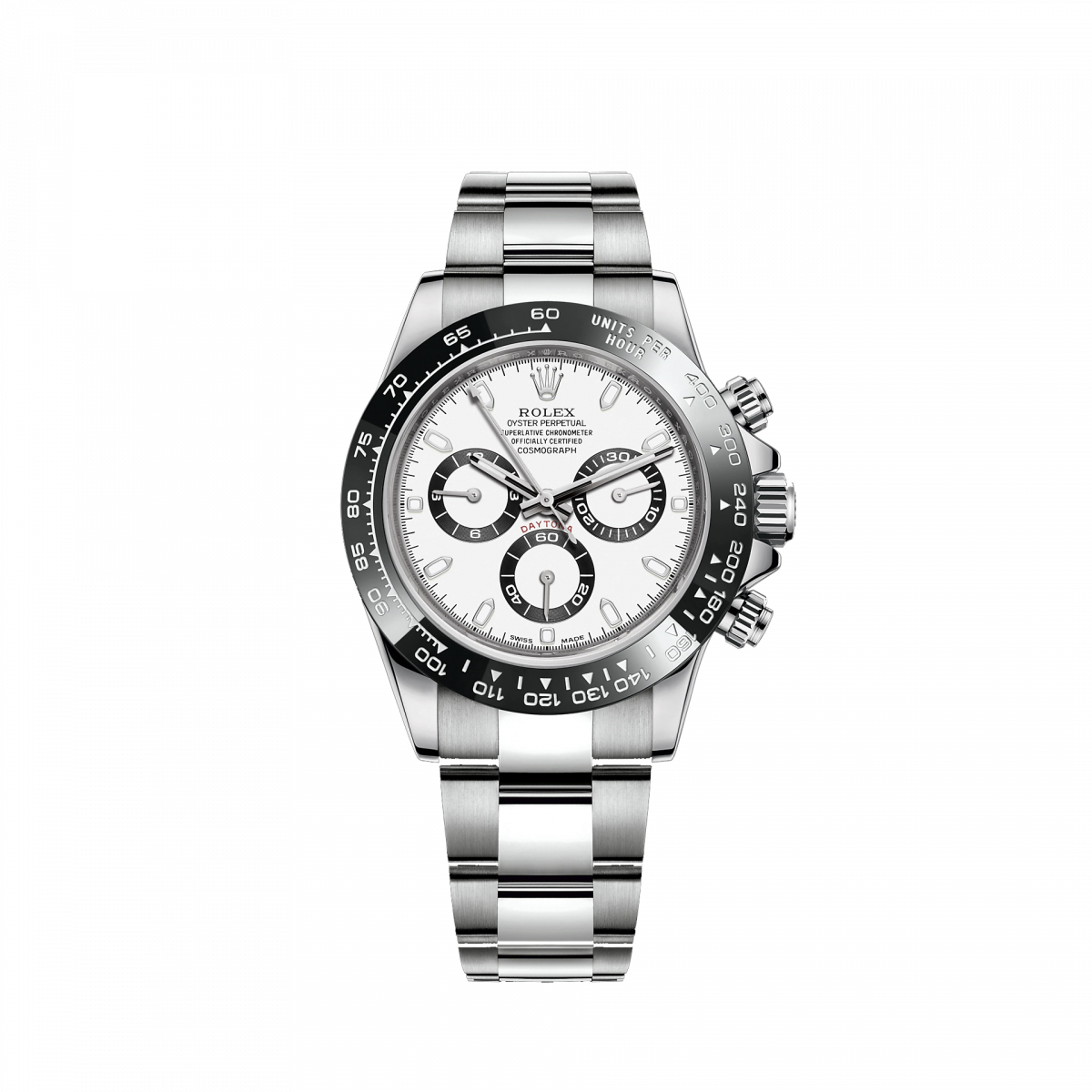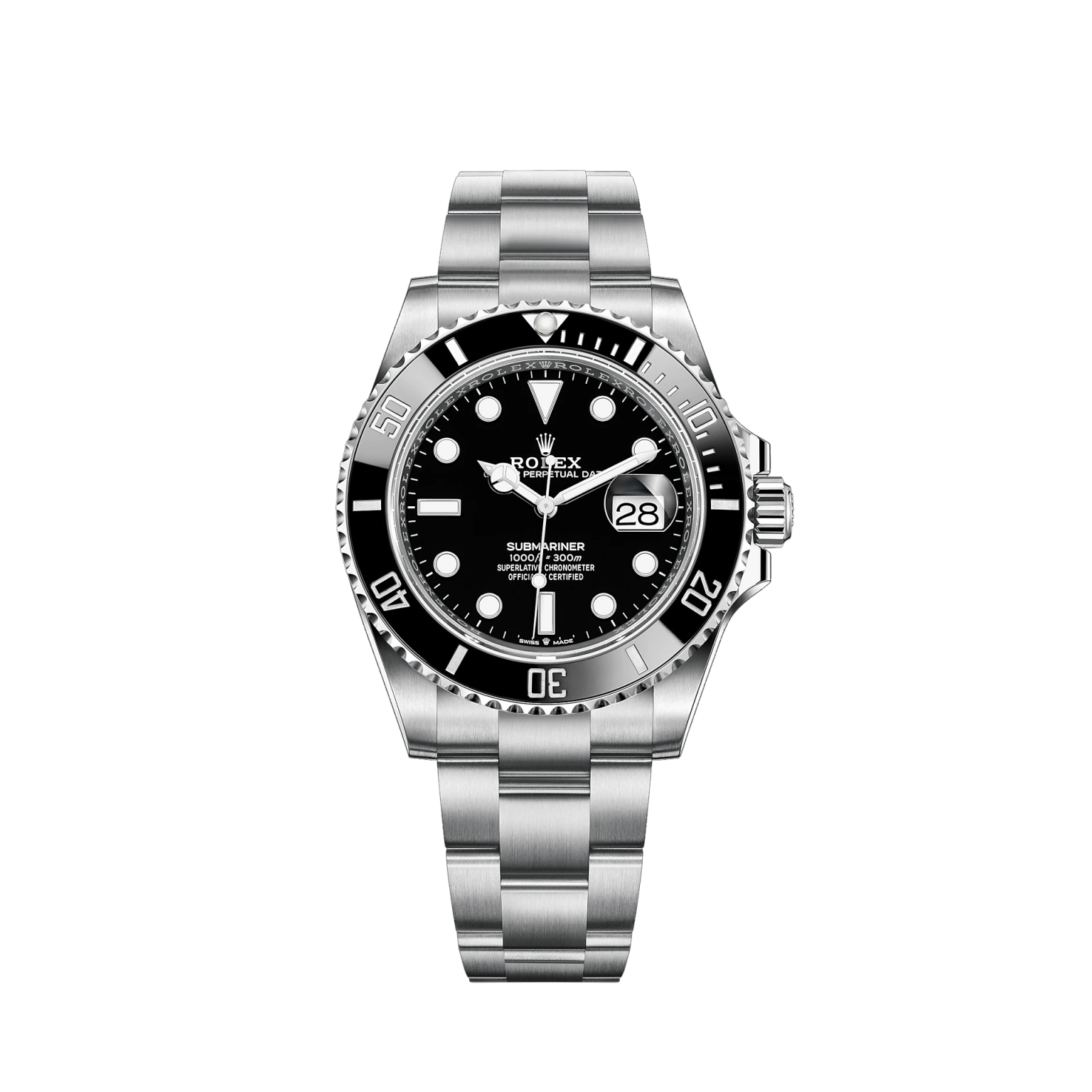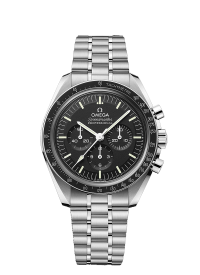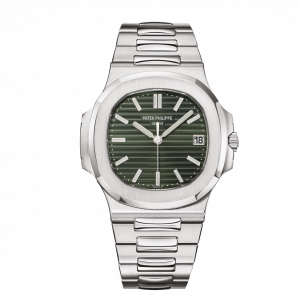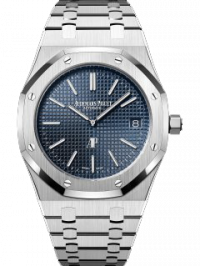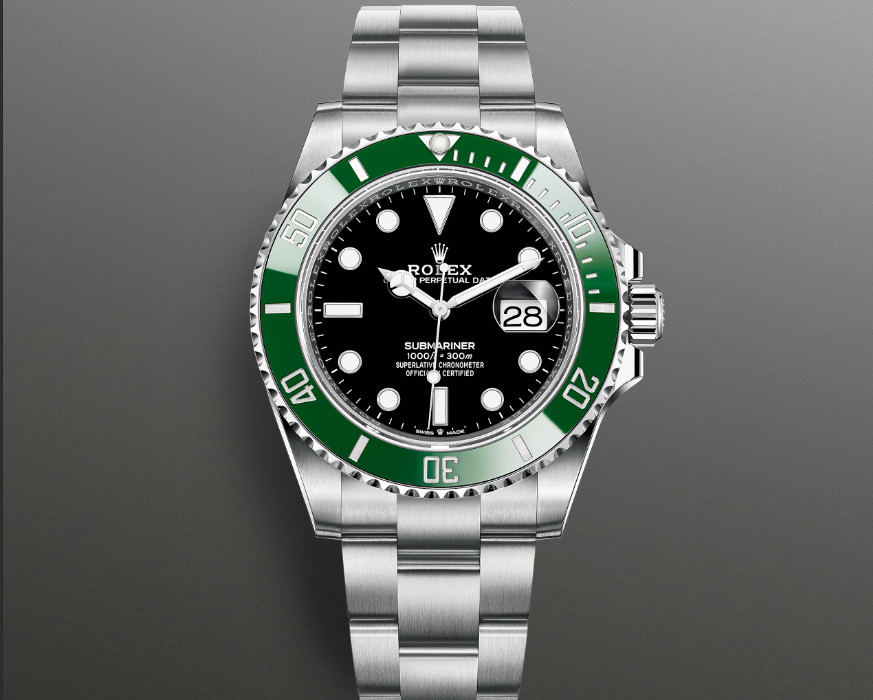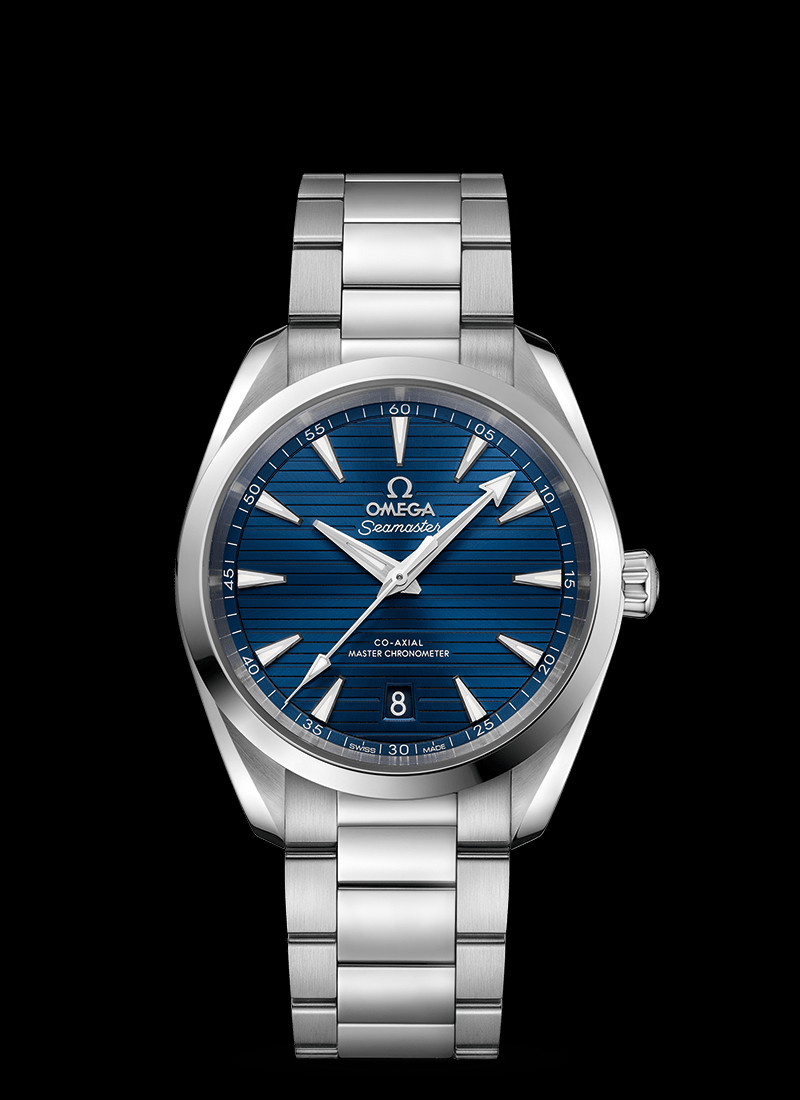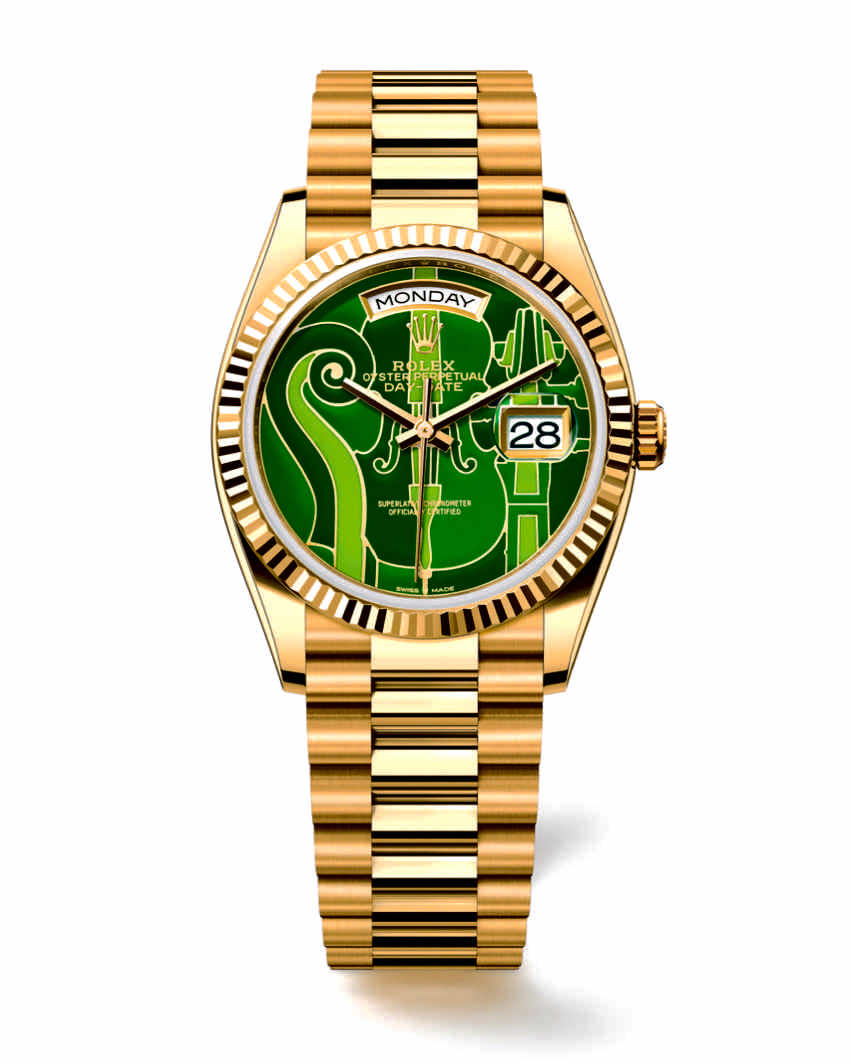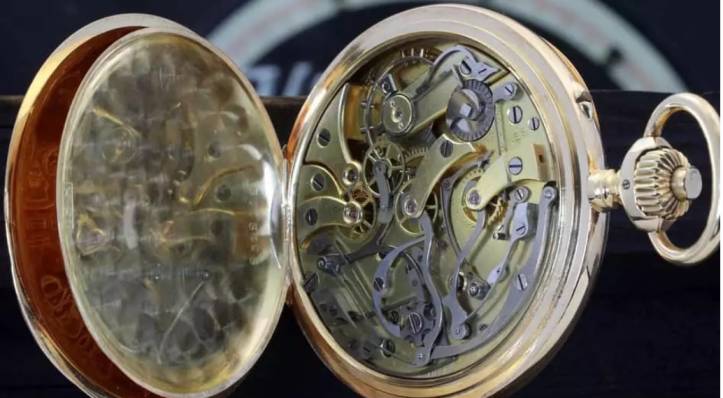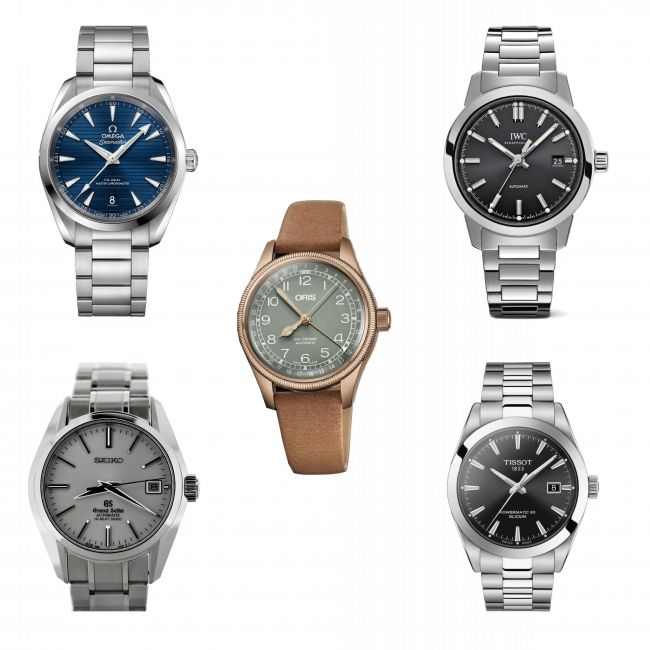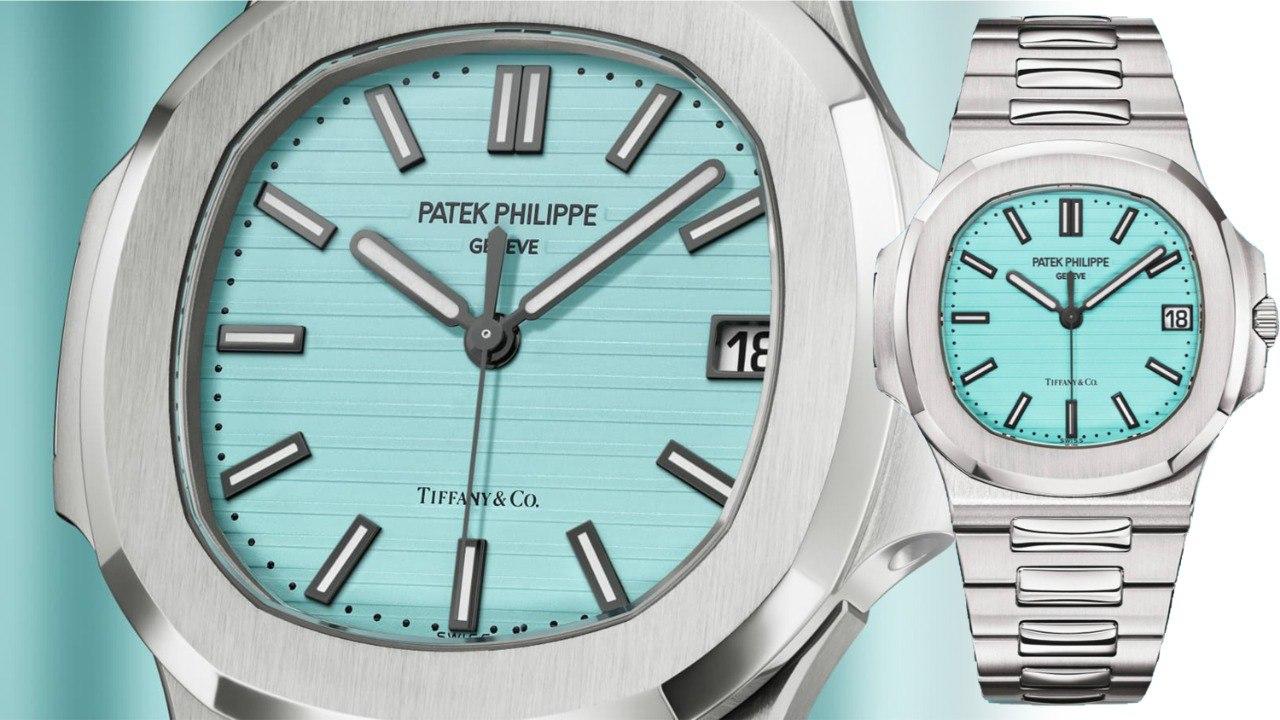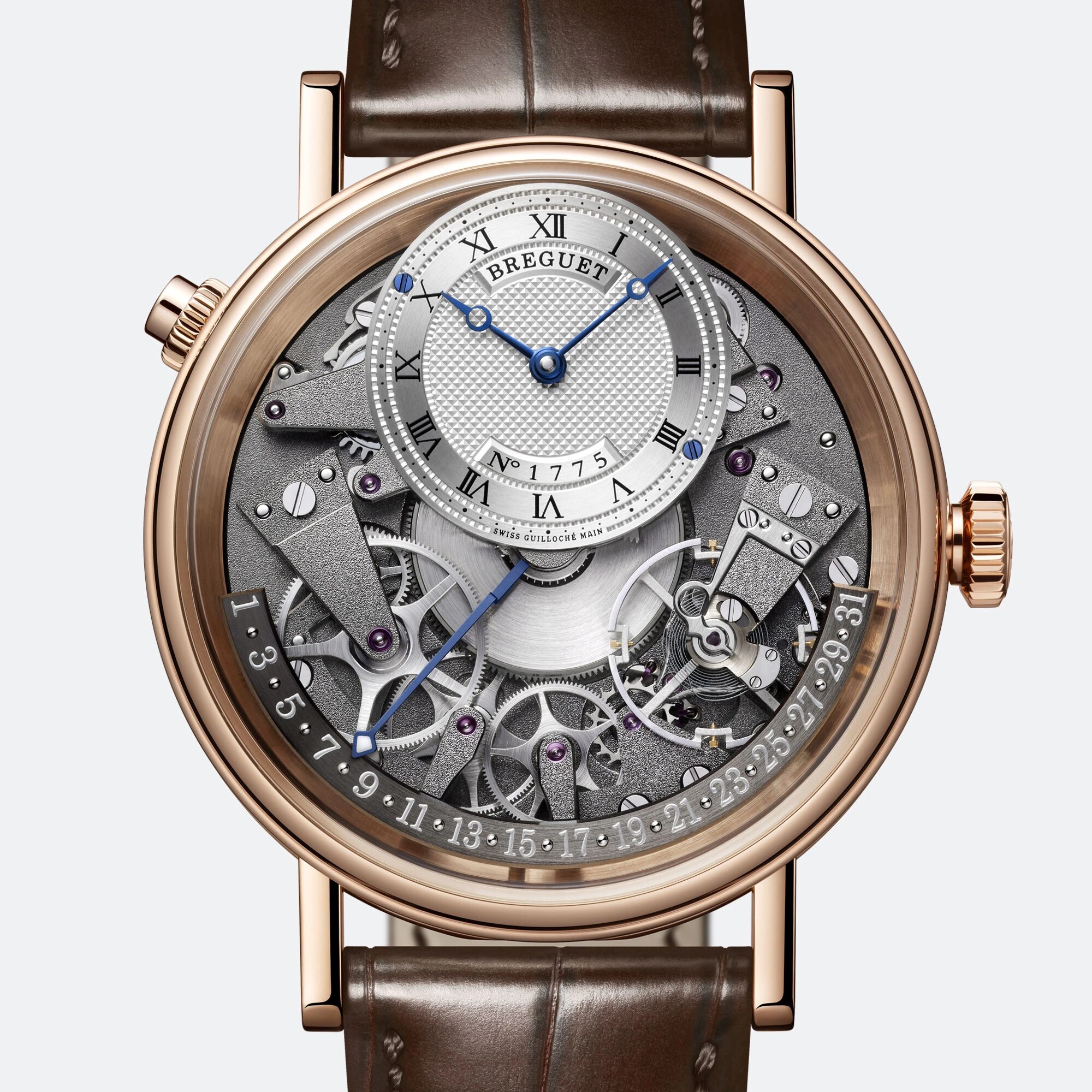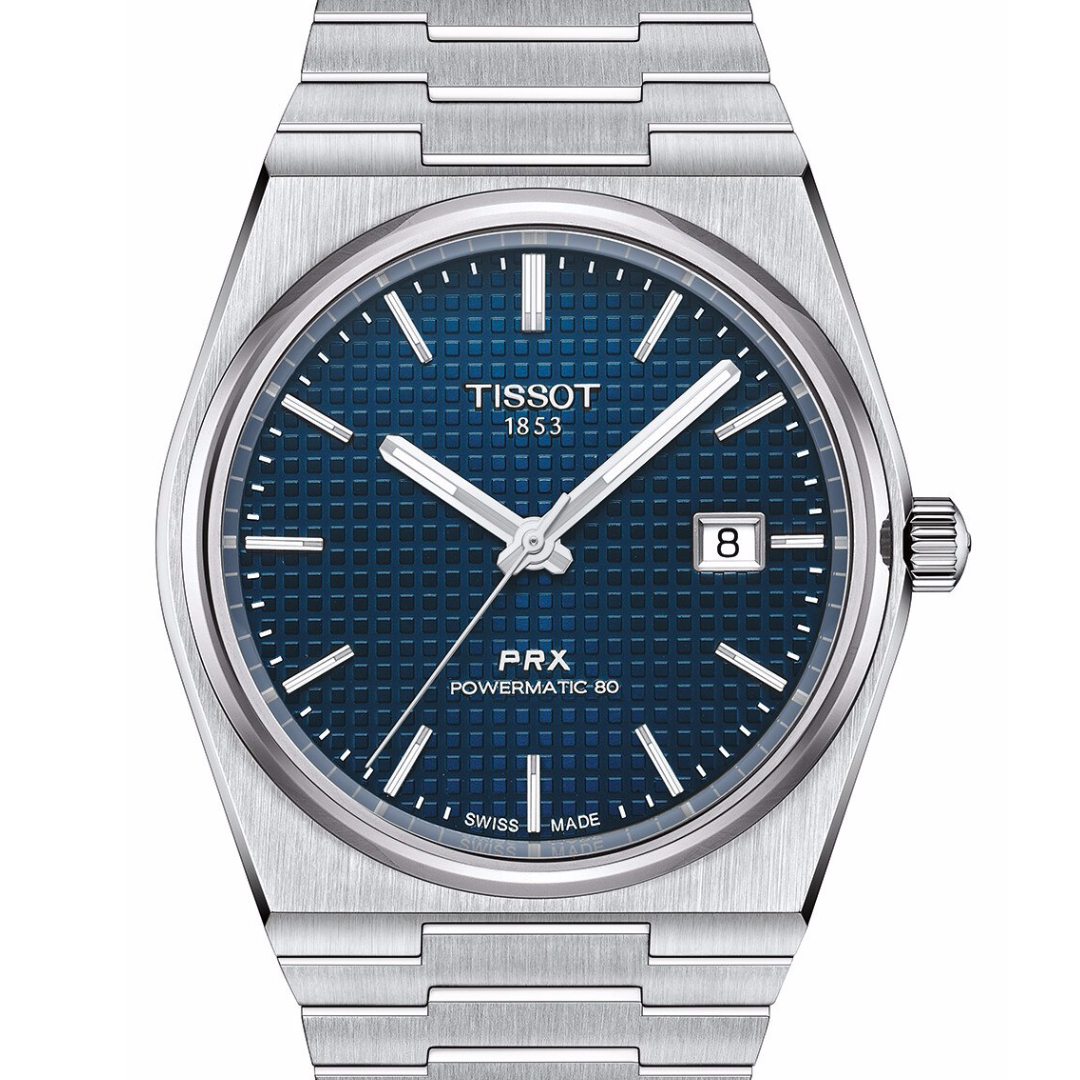Glashutte is a name on the lips of many in the world of watches. This city in Saxony is the main one German watchmaking center, and the great Teutonic houses have here not only the production plants, but also the research and development centers. In short, Glashutte is a real clock city.
But why Glashutte Has it become a city of watchmakers? Let's take a step back ...
The beginnings: FA Lange's Saxony
In 1845, with the collaboration of the government of the Saxony, the watchmaker of the court of Dresden, Ferdinand Adolf Lange, starts a small-scale watchmaking factory. The task entrusted by the state to Lange is not the simplest: it is a question of creating, almost from scratch, a school that trains fifteen watchmakers in three years, and then starting them to build independent production structures scattered around the city of Glashutte.
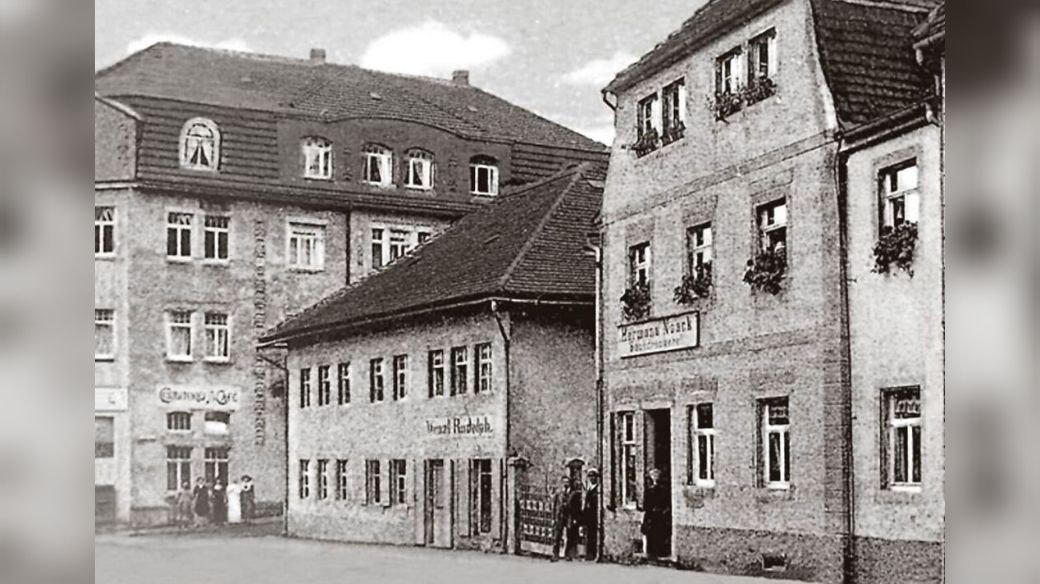
FA Lange not only fulfills the terms of the contract with the Saxon government, but also succeeds in introducing important innovations in watchmaking. Among these, the first application of the metric system to the manufacturing of timepieces - previously it was measured with the line, a French measure just over 2 and a half millimeters - and the concept of a watch ready to use from the factory. With FA Lange, for the first time, the watch comes out of the manufacture already adjusted to keep time: previously, the task of calibration was delegated to the individual watchmaker who dealt with retail sales.
Glashutte: early successes and the watchmaking school
Even after German unification, Glashutte it continues to grow and becomes a watchmaking pole of European significance, able to deal with London, Paris and of course Geneva. Then when the British and French stopped making watches because they were unable to compete with the low Swiss production costs, the production structure of Glashutte held the competition Swiss.
The success of Glashutte it is also due to the presence of a watchmaking school, founded by a student di Lange, Grossmann, which form the watchmakers, which then set up on their own and realize, in what is a real industrial district ante litteram, theirs timepiece. Having capable and geographically close suppliers makes the difference.
Another name that made it big Glashutte I say Muhle, who founds a factory of measurement tools based on the metric system, extremely precise and appreciated by watchmakers. Muhle, towards the end of the nineteenth century, he also began to make tools for cars.
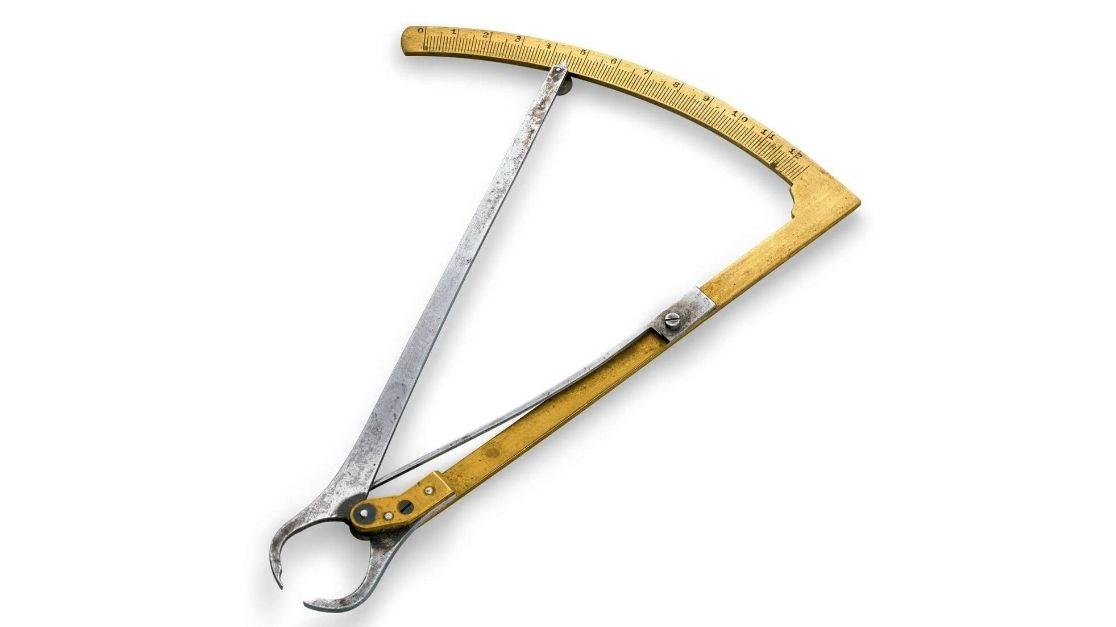
A setback: the First World War
La economic crisis due to the defeat in the First World War entails, for the manufactories of Glashutte, serious difficulties in the procurement of components - the glass, for example, was produced in Alsace-Lorraine, which passed to France after 1918-.
In the next article we will see how the manufactories di Glashutte, in particular lange, they reinvented themselves to survive the crisis. We will also discover some watches that stylistically continue to inspire German watchmaking, such as the Tutima Urofa.
If you liked this article, subscribe to the newsletter di Chronosect not to miss any news from the world of watches!


